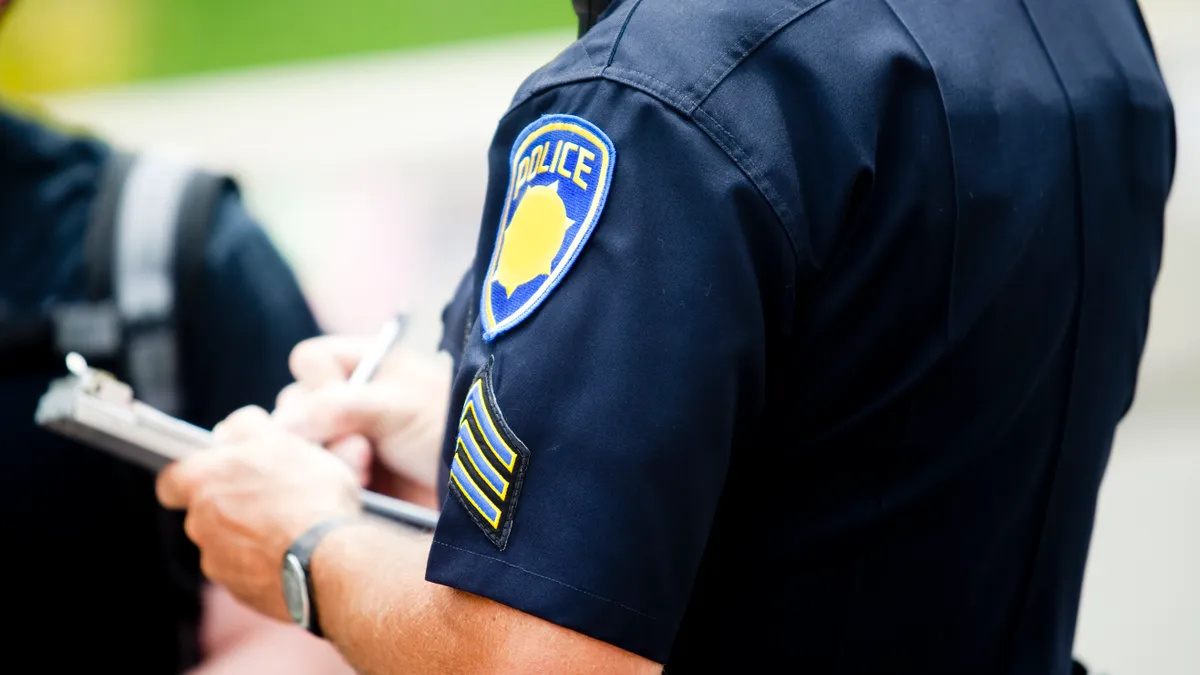With a flood of threats reported nationwide against schools in September, the Cybersecurity and Infrastructure Security Agency recently released guidance to help district leaders navigate the critical challenges that come with anonymous threats against K-12 schools.
Anonymous threats can cripple a school’s daily operations, sometimes forcing closures and lockdowns. Beyond losing instructional time, such threats can traumatize entire school communities, CISA wrote in its report.
The agency cited FBI data that found schools were targeted in over 6,000 threats in 2022, most of which were anonymous and posted on social media.
CISA recommends six key strategies for addressing anonymous threats:
- Boost awareness about reporting threats early. Proactively building awareness in a school community on reporting will help flag an anonymous threat before it spreads. Schools should encourage community members to “Report, Don’t Repost” threats they spot online. It’s equally important that parents and families have conversations with their children about the dangers and consequences of making threats.
- Create a partnership structure to help address anonymous threats. Partners like the FBI and school-based law enforcement can help schools assess threats and appropriately respond. Mental health and other threat assessment professionals can also help school communities address threats and any aftermath to ensure that well-being and emotional needs are met.
- Consider including a multidisciplinary threat assessment team when investigating an anonymous threat. If the source of a threat is identified, schools should tap into multidisciplinary threat assessment teams to help flag the severity of the threat. From there, the team of school administrators, school-based law enforcement and school counselors can decide on the most fitting supports and interventions for students identified as a “risk of doing harm.”
- Seek balance when initially responding to threats. Given how certain threat responses — like lockdowns or increased police presence — can traumatize students, schools should consider how to balance their initial response while leaving open the possibility of rapidly intensifying security measures as needed.
- Triage anonymous threats. Alongside law enforcement officials, schools should look at a threat’s background and context when determining whether to scale response up or down. From there, officials should identify any discernible patterns that could raise or lower the threat level. The final step should be to spot any imminent signs of the threat coming to fruition that may warrant a rapid response to protect the school community.
- Improve school preparedness to take on future threats. Threat response protocols, such as age-appropriate drills and safety training, should already be in place at schools. Schools should also have an established process for communicating with families on threats.












